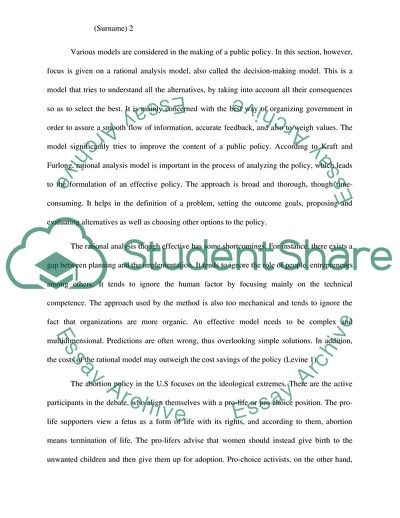Cite this document
(Making a Public Policy Coursework Example | Topics and Well Written Essays - 4500 words, n.d.)
Making a Public Policy Coursework Example | Topics and Well Written Essays - 4500 words. https://studentshare.org/politics/1860041-public-policy
Making a Public Policy Coursework Example | Topics and Well Written Essays - 4500 words. https://studentshare.org/politics/1860041-public-policy
(Making a Public Policy Coursework Example | Topics and Well Written Essays - 4500 Words)
Making a Public Policy Coursework Example | Topics and Well Written Essays - 4500 Words. https://studentshare.org/politics/1860041-public-policy.
Making a Public Policy Coursework Example | Topics and Well Written Essays - 4500 Words. https://studentshare.org/politics/1860041-public-policy.
“Making a Public Policy Coursework Example | Topics and Well Written Essays - 4500 Words”. https://studentshare.org/politics/1860041-public-policy.


